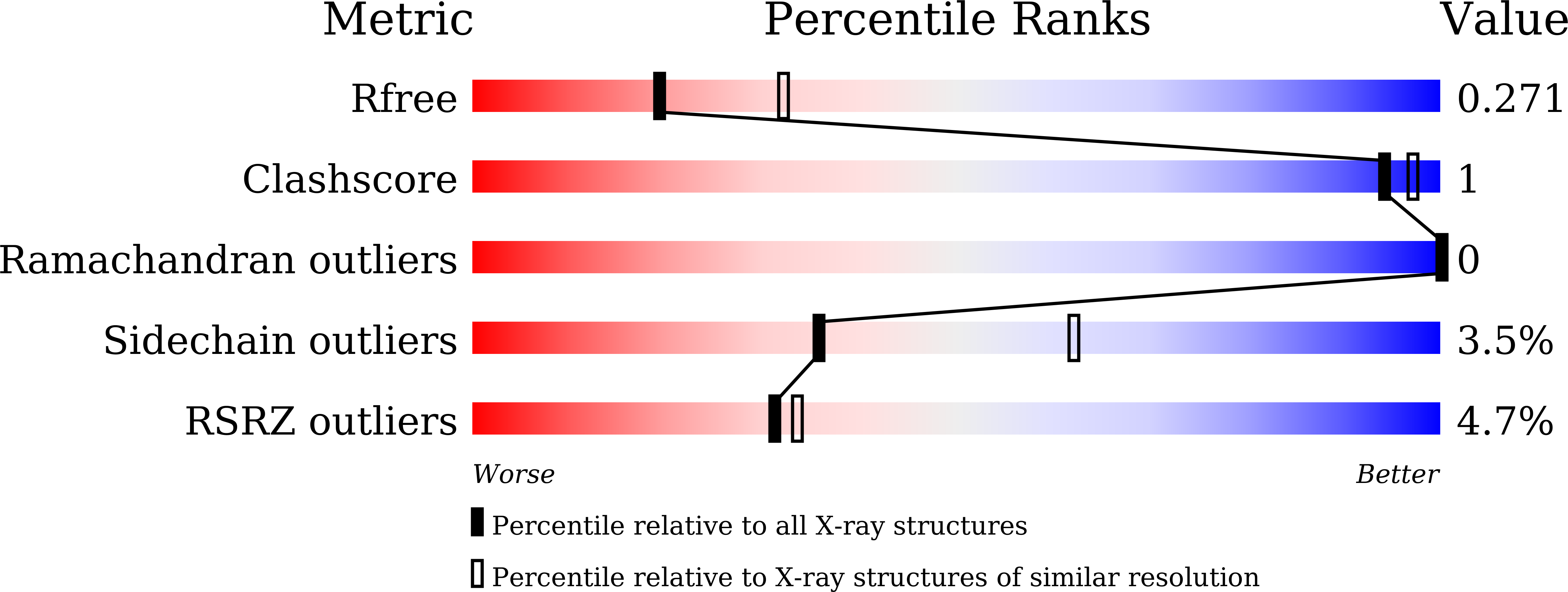
Deposition Date
2022-01-24
Release Date
2022-04-27
Last Version Date
2023-11-29
Entry Detail
PDB ID:
7WPL
Keywords:
Title:
Methionyl-tRNA synthetase from Staphylococcus aureus complexed with ATP
Biological Source:
Source Organism:
Staphylococcus aureus subsp. aureus COL (Taxon ID: 93062)
Host Organism:
Method Details:
Experimental Method:
Resolution:
2.50 Å
R-Value Free:
0.27
R-Value Work:
0.22
R-Value Observed:
0.22
Space Group:
P 21 21 21


